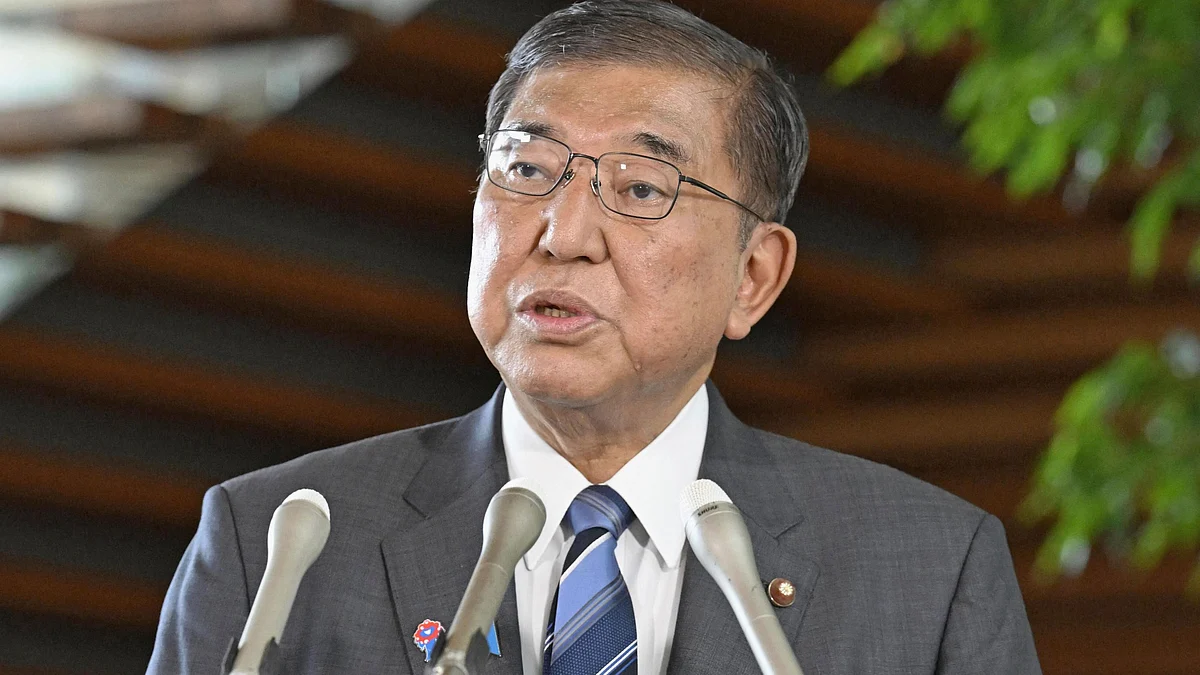8.8-magnitude quake in Russia’s Far East sets off tsunami warnings in Japan, Alaska, Hawaii
The earthquake appeared to be strongest anywhere in the world since March 2011 earthquake off northeast Japan that measured 9.0 magnitude

One of the world's strongest earthquakes struck Russia's Far East early on Wednesday, 30 July, an 8.8-magnitude tremor that set off a tsunami in the northern Pacific region and prompted warnings for Alaska, Hawaii and south toward New Zealand.
Tsunami warning sirens blared on Tuesday in Honolulu and people moved to higher ground.
The Japan Meteorological Agency said a first tsunami wave of about 30 centimeters reached Nemuro on the eastern coast of Hokkaido.
Damage and evacuations were reported in the Russian regions nearest the quake's epicenter on the Kamchatka Peninsula.
The first tsunami wave hit the coastal area of Severo-Kurilsk, the main settlement on Russia's Kuril Islands in the Pacific, according to the local governor Valery Limarenko. He said residents were safe and staying on high ground until the threat of a repeat wave was gone.
The Pacific Tsunami Warning Center said waves of 1 to 3 meters above tide level were possible along some coastal areas of Hawaii, Chile, Japan and the Solomon Islands. Waves of more than 3 meters were possible along some coastal areas of Russia and Ecuador.
The Pacific Tsunami Warning Center said a tsunami had been generated by the quake that could cause damage along the coastlines of all the Hawaiian islands.
“Urgent action should be taken to protect lives and property,” the warning stated. The first waves were expected around 7 pm Tuesday local time.
The quake at 8:25 am Japan time had a preliminary magnitude of 8.0, Japan and US seismologists said. The US Geological Survey later updated its measurement to 8.8 magnitude and the USGS said the quake occurred at a depth of 20.7 kilometers.
The quake was about 119 kilometers away from the Russian city of Petropavlovsk-Kamchatsky, which has a population of 180,000, on the Kamchatka Peninsula.
Russia's Tass news agency said people in Petropavlovsk-Kamchatsky ran out into the street without shoes or outerwear. Cabinets toppled inside homes, mirrors were broken, cars swayed in the street and balconies on buildings shook noticeably. Tass also reported power outages and mobile phone service failures.
Tass also quoted a local Russian official as saying residents on Sakhalin Island were being evacuated and emergency services were working at full capacity.
The National Tsunami Warning Center, based in Alaska, issued a tsunami warning for parts of the Alaska Aleutian Islands, and a watch for portions of the West Coast, including California, Oregon, and Washington, and Hawaii.
The advisory also includes a vast swath of Alaska's coast line, including parts of the panhandle.
The earthquake appeared to be the strongest anywhere in the world since the March 2011 earthquake off northeast Japan that measured 9.0 magnitude and caused a massive tsunami that set off meltdowns at a Fukushima nuclear power plant. Only a few stronger earthquakes have ever been measured around the world.
New Zealand authorities issued warnings of “strong and unusual currents and unpredictable surges” along coastlines throughout the country. The alert by the government emergency management agency said people should move out of the water, off beaches and shore areas, and away from harbors, marinas, rivers and estuaries.
New Zealand is in the South Pacific and about 6,000 miles from the epicenter.
Earlier in July, five powerful quakes — the largest with a magnitude of 7.4 — struck in the sea near Kamchatka. The largest quake was at a depth of 20 kilometers and was 144 kilometers (89 miles) east of the city of Petropavlovsk-Kamchatsky.
On 4 November 1952, a magnitude 9.0 quake in Kamchatka caused damage but no reported deaths despite setting off 9.1-metre waves in Hawaii.
Follow us on: Facebook, Twitter, Google News, Instagram
Join our official telegram channel (@nationalherald) and stay updated with the latest headlines
